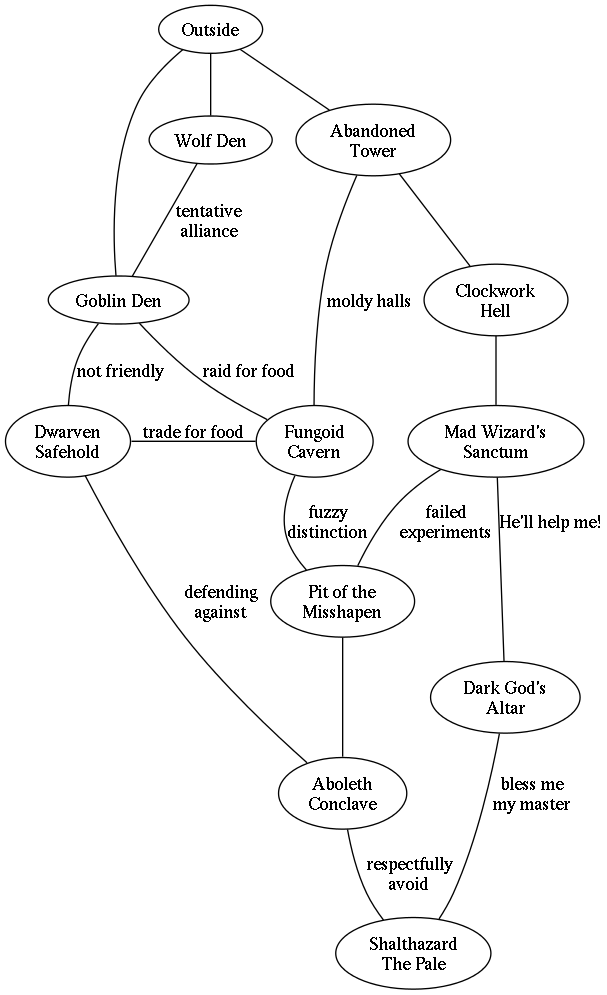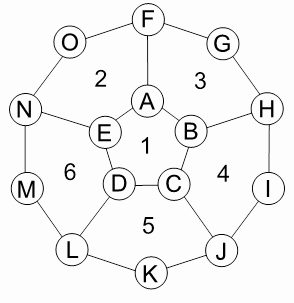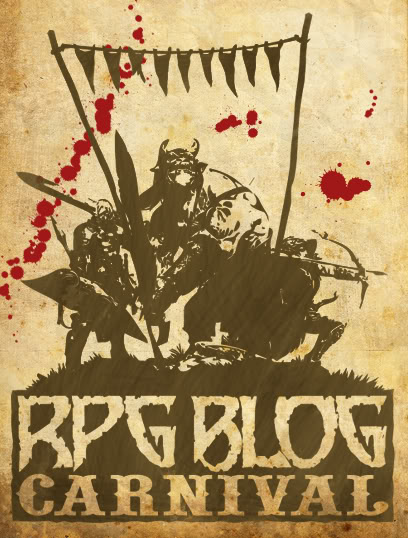Node-Based Megadungeon Design
A better landing page for this series, including links to related materials on other blogs, can be found at KJD-IMC: Node-Based Megadungeon. — kjd I’ve spoken before about scenario design that focuses on the relationships between various elements of the scenario before the physical layout. These techniques can be used to manage …


